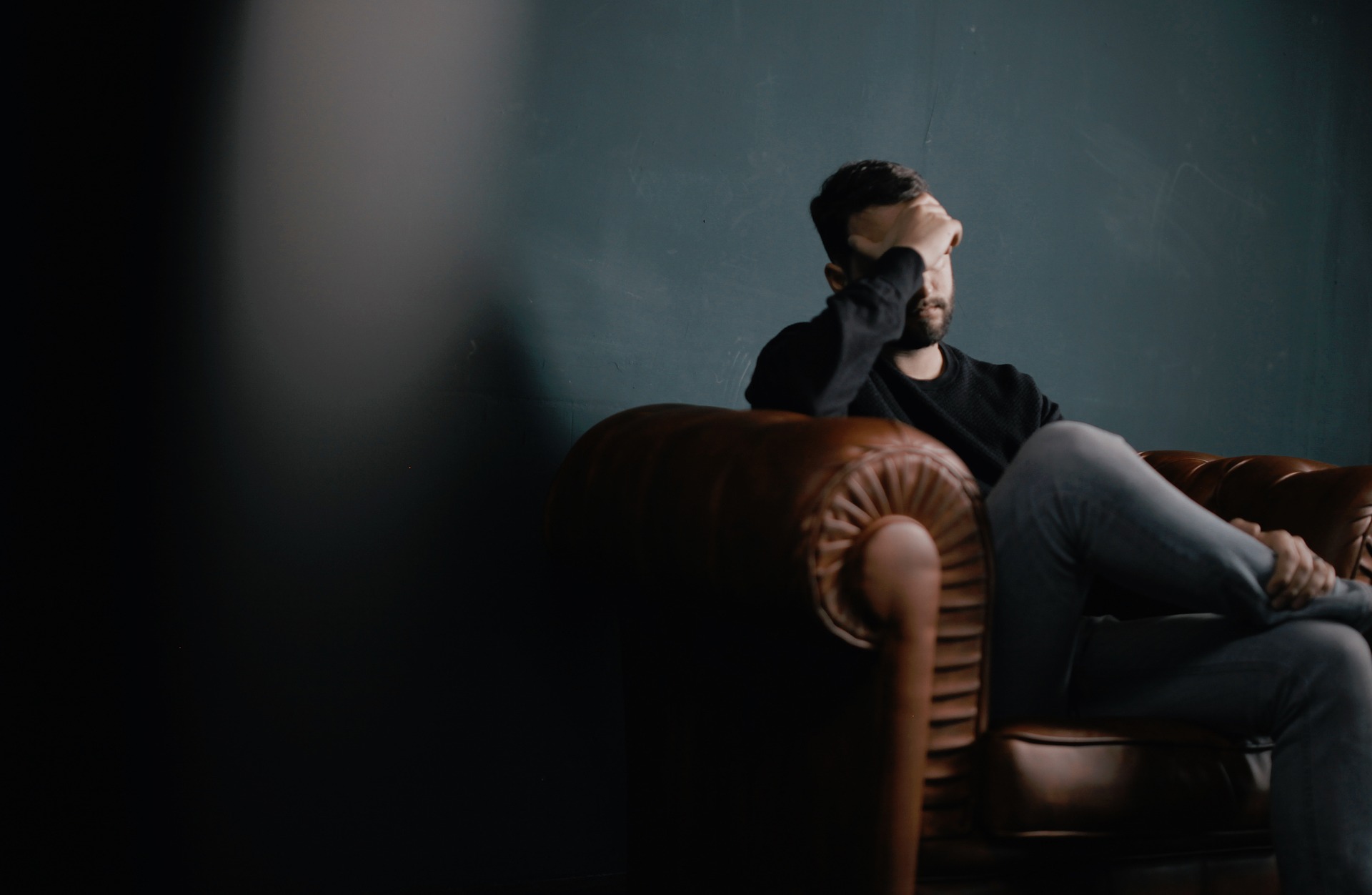There are four main types of headache: tension, cluster, sinus and migraine. And, there are varying triggers for these headaches, such as food, stress, hormones, dehydration and weather. Fortunately, eliminating the triggers and finding natural ways to prevent and help an ongoing headache are possible.

Tension: Tension headaches are the most common and are the result of impinged blood flow due to muscle tightness and contraction. Tension headaches are mild to moderate and are most commonly found behind the neck, on the forehead, behind the eyes and the top of the shoulders. Causes of tension headaches are stress, fatigue, cold, poor posture, skipping meals, and dehydration.
Cluster: Cluster headaches are the most severe and commonly affect men under the age of 30. Cluster headaches are usually one-sided and are accompanied by watery eyes, a red face and affect the face where the trigeminal nerve travels. Cluster headaches last days, weeks, even months and happen the same time every day, multiple times a day. Research shows the hypothalamus is involved in these types of piercing headaches. Causes include alcohol and smoking.
Sinus: Sinus headaches are from a sinus infection and feel like painful pressure around the eyes, cheeks, forehead, teeth and may have other symptoms such as post-nasal drip, congestion with green mucus or fever. The mucus is trapped in the sinuses causing inflammation, which creates the painful pressure.
Migraine: Migraines are another severe type of headache. What differentiates a migraine from a tension headache is the accompanying symptoms such as visual disturbances and auras prior to onset, increased sensitivity to light, nausea and vomiting and one-sided throbbing pain. Triggers may include hormonal changes, food sensitivity, weather, iron deficiency or thyroid issues.
In Traditional Chinese Medicine, the goal is to get to the root of the headache, not just treat the symptoms. There is a diagnosis and treatment plan based on a history, as well as a pulse and tongue diagnosis. Typical triggers for all types of headaches are wind, cold, heat and damp conditions either internally or externally. A wind type headache would be moving, a damp type would feel heavy, and a cold type would feel piercing and worse with cold conditions. Blood deficiency, which is a type of anemia, might also cause headaches, as the blood is not nourishing the head. Blood stagnation, which would be a severe headache, can also be a factor. After diagnosing the correct cause of the headache, a Chinese medical practitioner would apply acupuncture and offer herbs or other type of treatment to facilitate blood flow and alleviate pain. There would also be dietary advice and maybe some acupressure self-care.
Some foods have been shown to help headaches. This includes coffee, B3 (niacin, found in liver), magnesium, potassium, calcium, spicy foods, ginger and watery foods. A common herb for migraines is the magnolia flower. Others include lavender, peppermint, feverfew and basil.
Acupressure around the eyes, temples and in the web between the thumb and forefinger are helpful. Pressing the hollows of the neck with the thumbs can relieve the pressure, as well as visualizing hot energy flowing downward from the head and out the feet while making a “whooooooo” sound (breathlessly, as if blowing on a candle).
Reducing stress is a key factor; do deep breathing exercises and take a walk where there is greenery. It is best to see a health care practitioner and not to self-diagnose or take herbs without consultation. A headache could indicate something serious.


